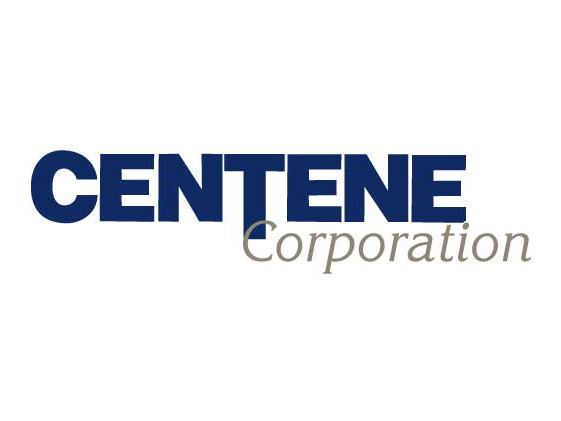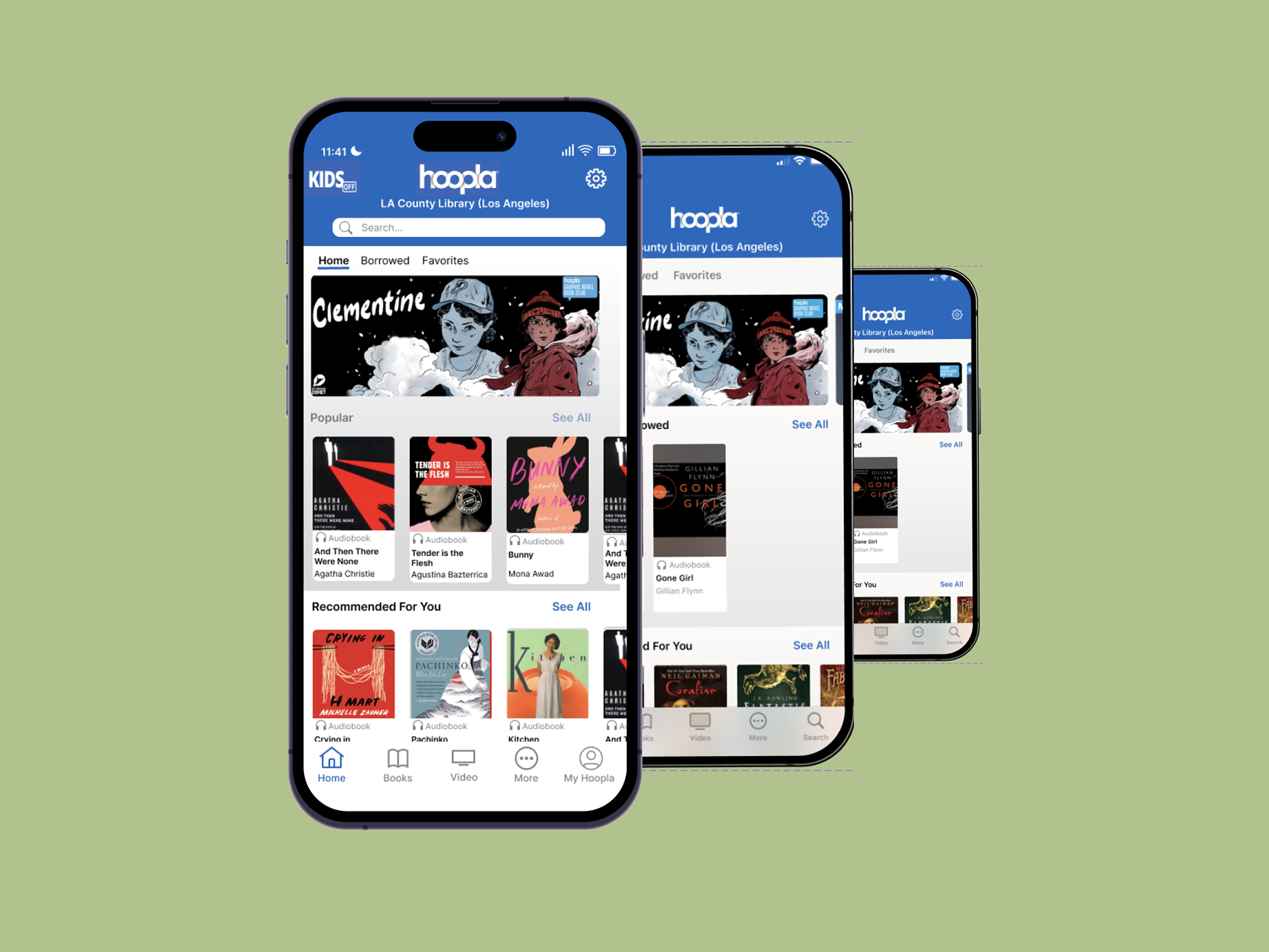The Problem
Prospective healthcare members face a daunting task when navigating the array of health plans available online. The multitude of options available in the health insurance market, compounded by the complexity of factors such as coverage options, premiums, deductibles, and provider networks makes decision-making difficult for the consumer. These are a lot of factors to consider, which can be overwhelming and hard to understand for a consumer. Consequently, individuals might not make a decision altogether leaving them without a healthcare plan. When consumers are overwhelmed by the factors they have to consider and decide to delay their decision on a health plan, this can be attributed to choice overload.
The Solution
Anchoring, as initially reviewed by Tversky & Kahneman (1974), offers a promising approach to mitigate choice overload and facilitate more informed decision-making in healthcare. Anchoring involves presenting individuals with a salient but uninformative reference point, which subsequently influences their judgments and decisions. By walking potential members through an intake form assessing unique medical needs, a decision-assistance software would choose a default plan, with a deductible price as the anchor, based on the answers provided by the member. While users retain the freedom to adjust an interactive slider by deductible price to explore alternative options, the anchoring effect subtly nudges them towards selecting a plan closely resembling the initial choice.




